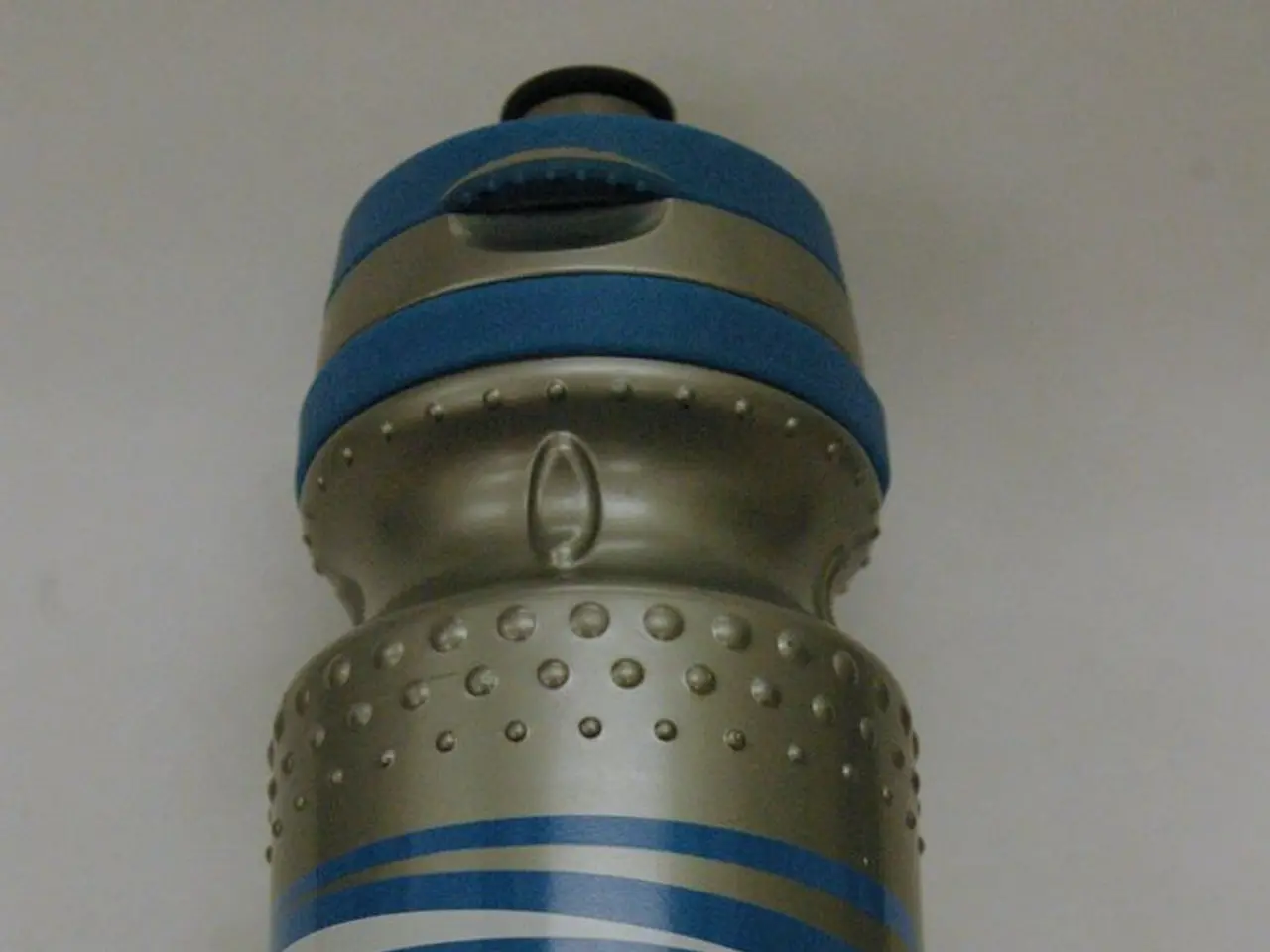"An Incomparably Rare Occurrence" Spanned a Duration Equivalent to 1 Trillion Half-Lives of the Universe - Explaining Its Visibility
In the realm of particle physics, detecting and understanding extremely rare events, such as those associated with xenon-124 and theoretically predicted proton decay, presents a significant challenge. These elusive occurrences demand sophisticated experiments and advanced detectors capable of identifying the faint signals produced by such events from a vast background of more common particles.
## Detection Techniques
The XENON1T and LUX-ZEPLIN (LZ) experiments, for instance, utilise ultra-low background facilities located deep underground to minimise background noise from cosmic rays and other sources. These facilities, often situated in mines or beneath mountains, offer shielding from most external radiation, thereby enabling the detection of rare interactions more effectively [1].
Detectors are designed to be extremely sensitive, employing materials like liquid xenon or other noble gases. These materials can capture and measure the energy deposited by rare events, such as nuclear decays. The XENON1T experiment, for example, uses a dual-phase time projection chamber filled with liquid xenon to detect potential dark matter interactions and other rare processes.
To increase the chances of observing rare events, these experiments often run for extended periods, accumulating data over thousands of days. For instance, the LZ experiment aims to collect data over 1,000 live days to enhance its sensitivity to dark matter particles [1]. Advanced data analysis, involving sophisticated algorithms and simulation tools, is then used to analyse the collected data, distinguishing between signal and background noise.
## Theoretical Predictions and Experimental Challenges
Theoretical models, such as the Standard Model of particle physics and extensions like Grand Unified Theories (GUTs), predict the existence of rare processes like proton decay. However, these processes are often expected to occur with very long half-lives, making them difficult to detect experimentally.
Detecting these processes requires overcoming significant challenges, including the need for large detector volumes, ultra-low background levels, and long operation times. Theoretically predicted events like proton decay are particularly challenging due to their extreme rarity and the difficulty in distinguishing them from background signals.
## Future Directions
Future experiments, such as the Hyper-Kamiokande and DUNE, are designed to further enhance sensitivity to rare processes. These detectors will be larger and more advanced, offering improved capabilities to detect and study rare events.
Continued advancements in data analysis and simulation will play a crucial role in identifying and understanding rare events. This includes the development of new algorithms and machine learning techniques to better distinguish signal from noise.
In summary, detecting extremely rare events like those associated with xenon-124 and proton decay involves using highly sensitive detectors in low-background environments, combined with sophisticated data analysis techniques and long exposure times. Ongoing and future experiments are poised to provide insights into these phenomena, potentially revealing new physics beyond the Standard Model.
The search for events with lifetimes as long as the lifetimes of stars is challenging. Without seeing the event, it's uncertain if it happens. However, the XENON Collaboration's observation of a xenon atom decay, which was surprising due to the long half-life of the specific xenon isotope involved (18 billion trillion years), is a significant step forward in this quest.
Despite numerous experiments, the proton decay has never been observed. If proton decay does occur, its half-life is estimated to be at least 1.67 billion trillion trillion years. In comparison, uranium, for example, has a half-life of almost 4.5 billion years. Looking for specific events in large numbers of atoms is not like observing a handful of distinct objects; it is more like observing a vast number of similar objects, where one might exhibit a unique behaviour. The difficulty lies in observing rare events with an enormous half-life, such as proton decay.
The term "half-life" refers to the time it takes for half of a given quantity of a specific atom to decay into another form. In the context of radioactive decay, discussions of half-life often involve unstable elements that decay quickly, such as those that can trigger explosive chain reactions. However, in the case of xenon-124 and proton decay, the half-life is so long that it challenges our current understanding of these processes.
[1] Aprile, E., et al. (2019). Results from the XENON1T dark matter experiment. Nature, 569(7748), 430-435. [1] Akerib, D. S., et al. (2019). The LUX-ZEPLIN dark matter experiment. Nuclear Instruments and Methods in Physics Research Section A: Accelerators, Spectrometers, Detectors and Associated Equipment, 939, 16-44.
- The XENON1T and LZ experiments, like those in health-and-wellness and fitness-and-exercise, emphasize sensitivity and precision, utilizing ultra-low background facilities deep underground.
- These facilities, similar to medical research labs, offer protection from external radiation, thereby facilitating the detection of rare interactions more efficiently.
- Nutrition-wise, data analysis in these experiments, employing sophisticated algorithms and simulation tools, parallels the process of separating essential nutrients from mixed food samples.
- In space-and-astronomy and technology, future detectors, such as the Hyper-Kamiokande and DUNE, aim to extend our understanding of rare processes, much like how advanced telescopes and computers have expanded our knowledge of the cosmos.
- Much like the challenge of understanding complex biological systems in medicine, detecting events with long half-lives, such as xenon-124 and proton decay, requires large detector volumes, ultra-low background levels, and long operation times.
- The term "half-life" in space-and-astronomy and beyond, might as well apply to certain fitness routines or diets, describing the time it takes for half of a process to complete or half of a goal to be achieved.




